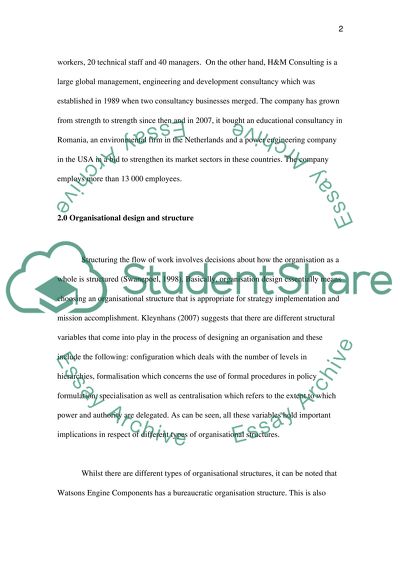Cite this document
(“Introduction to Organisations and Management Essay - 10”, n.d.)
Retrieved from https://studentshare.org/environmental-studies/1420334-introduction-to-organisations-and-management
Retrieved from https://studentshare.org/environmental-studies/1420334-introduction-to-organisations-and-management
(Introduction to Organisations and Management Essay - 10)
https://studentshare.org/environmental-studies/1420334-introduction-to-organisations-and-management.
https://studentshare.org/environmental-studies/1420334-introduction-to-organisations-and-management.
“Introduction to Organisations and Management Essay - 10”, n.d. https://studentshare.org/environmental-studies/1420334-introduction-to-organisations-and-management.


